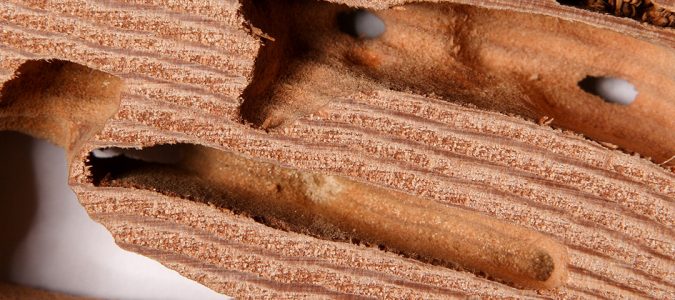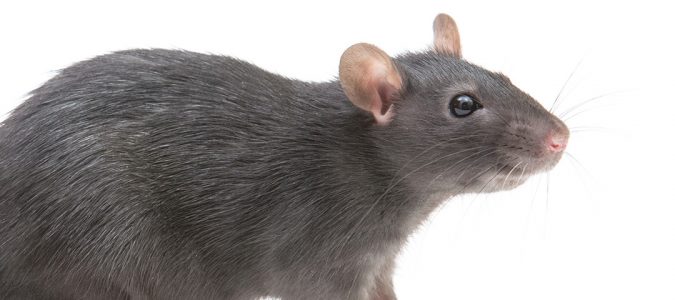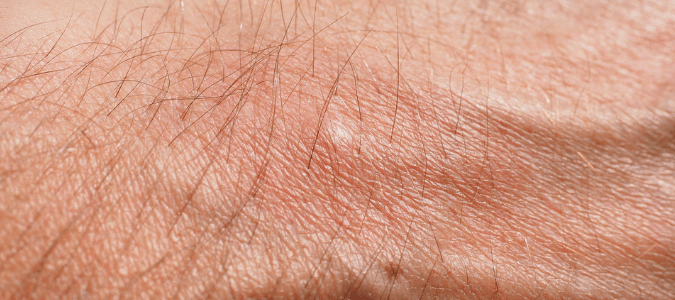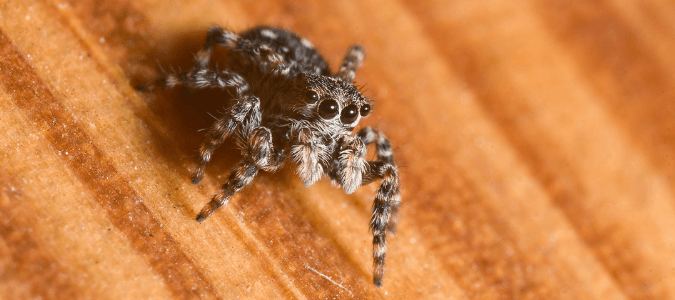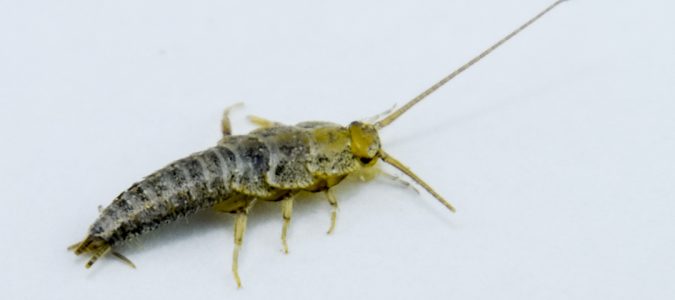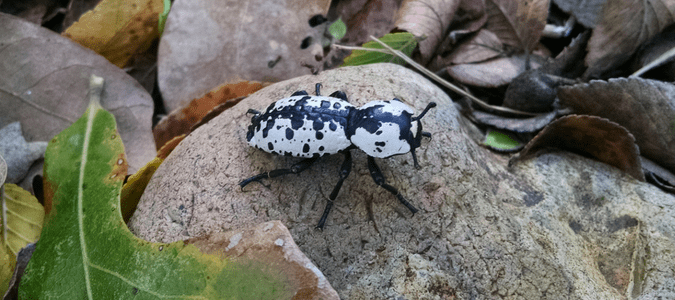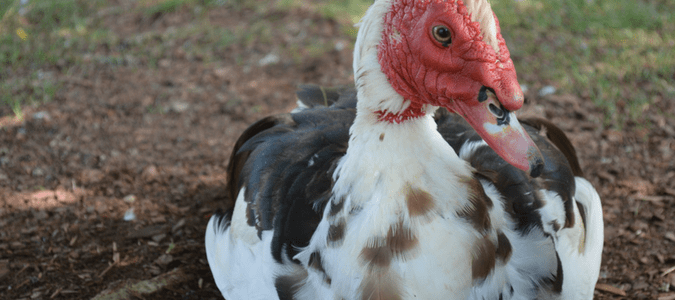Squash Vine Borer: Protecting Your Plants From This Pest
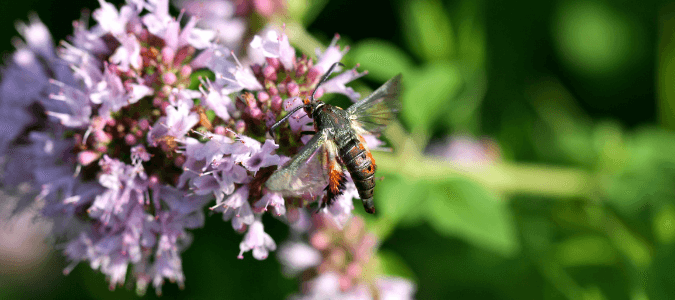
Squash is a very versatile vegetable. You can use it in salads and soups to up the nutrient profile. Some prefer it fried in copious amounts of butter for a delicious, yet simple side. Still others choose to turn it into a number of delicious and hearty casseroles.
Given all the ways you can use this plant, it’s no surprise that many homeowners add some summer squash to their garden. Say you decided to as well and followed all the best practices: planting after the last frost; choosing a well-drained, sunny area; using compost; adding a slow-release fertilizer; planting only a few seedlings per “hill”; keeping the hills three to four feet apart and watering early, so the leaves had plenty of time to dry.
Just as the plants started to grow, the wilting began. No matter what you did, you couldn’t seem to do anything to help the situation. Sadly, the … Read Full Post »
